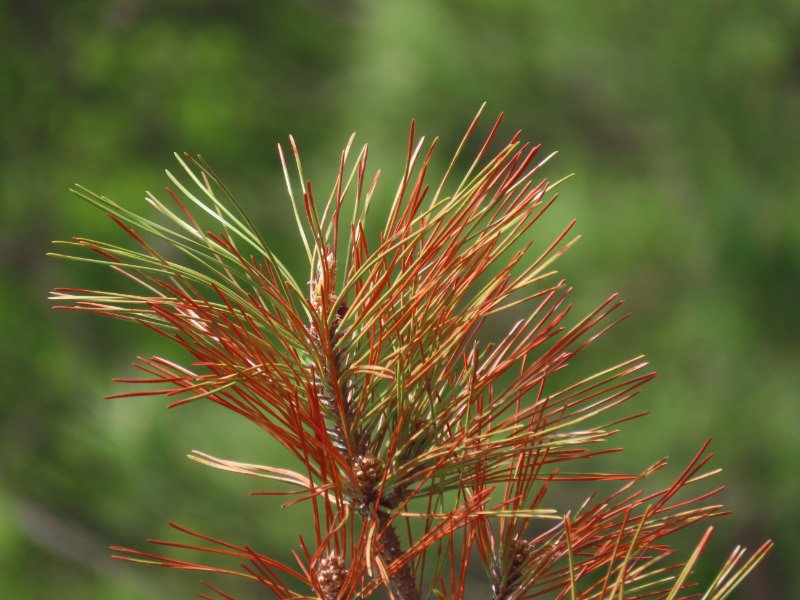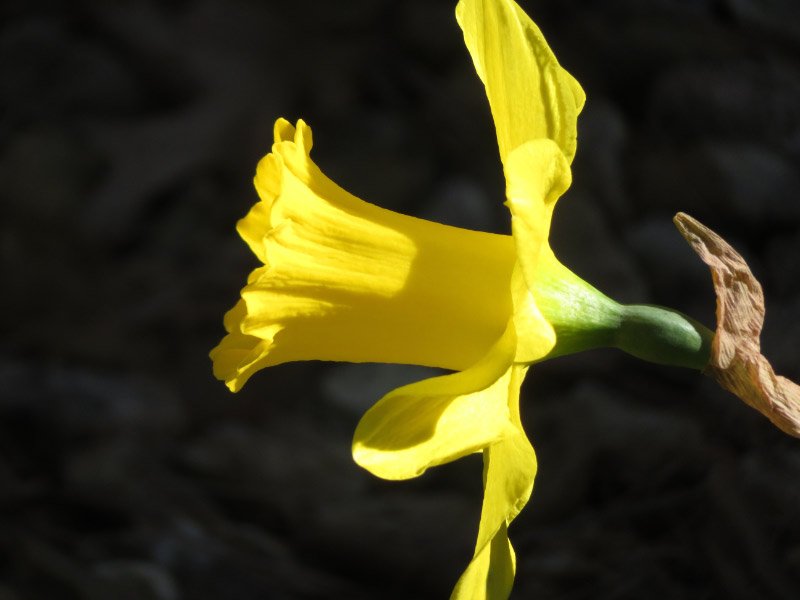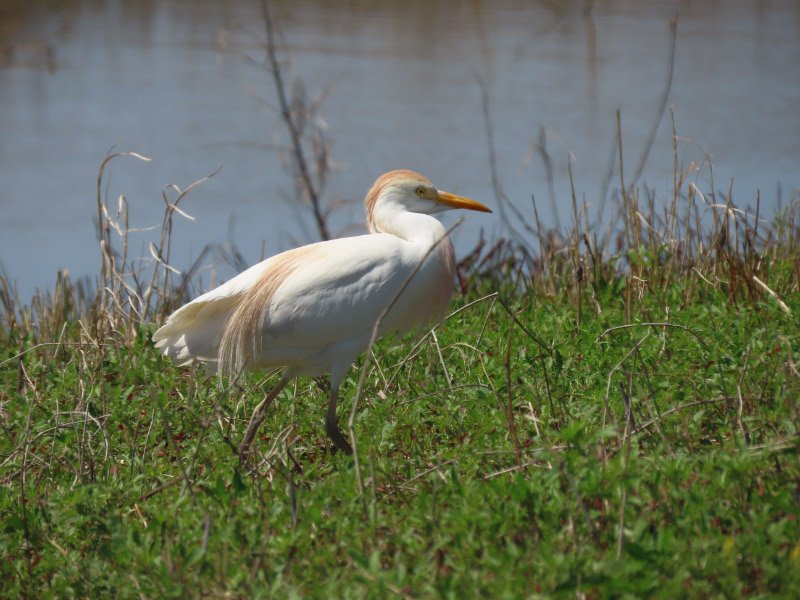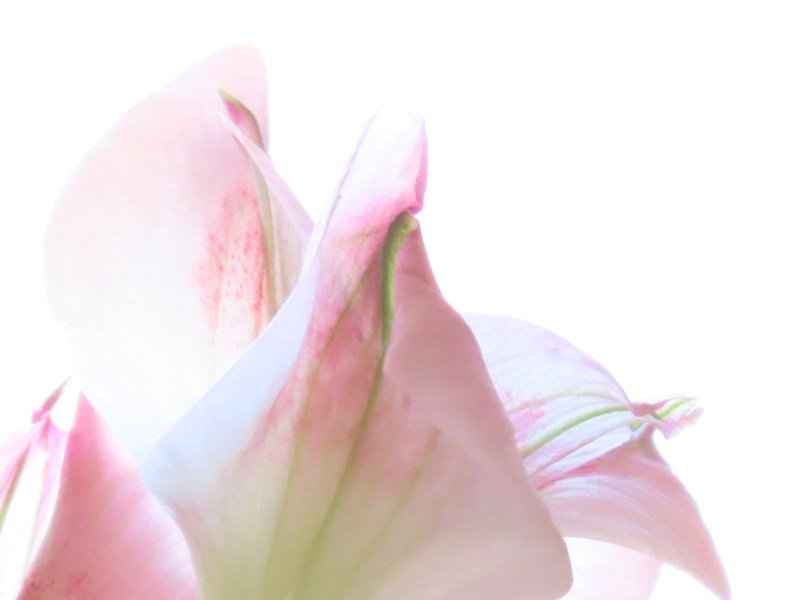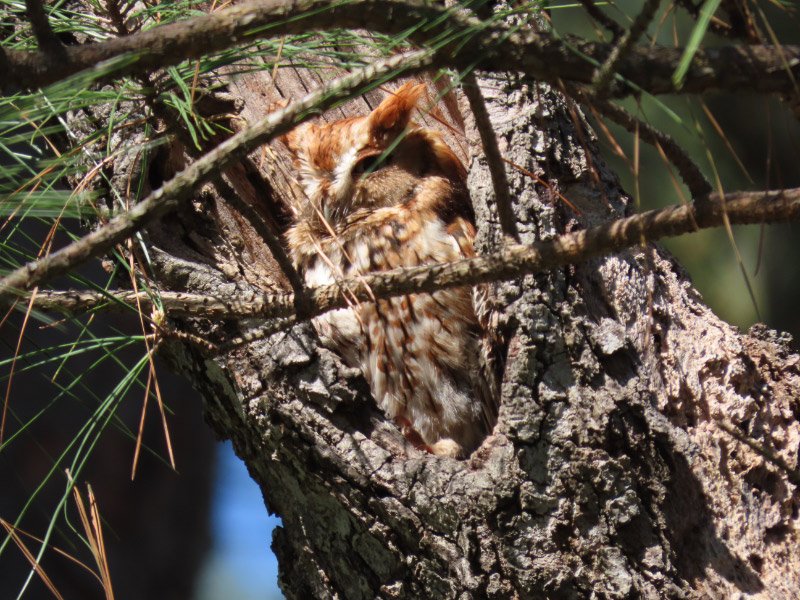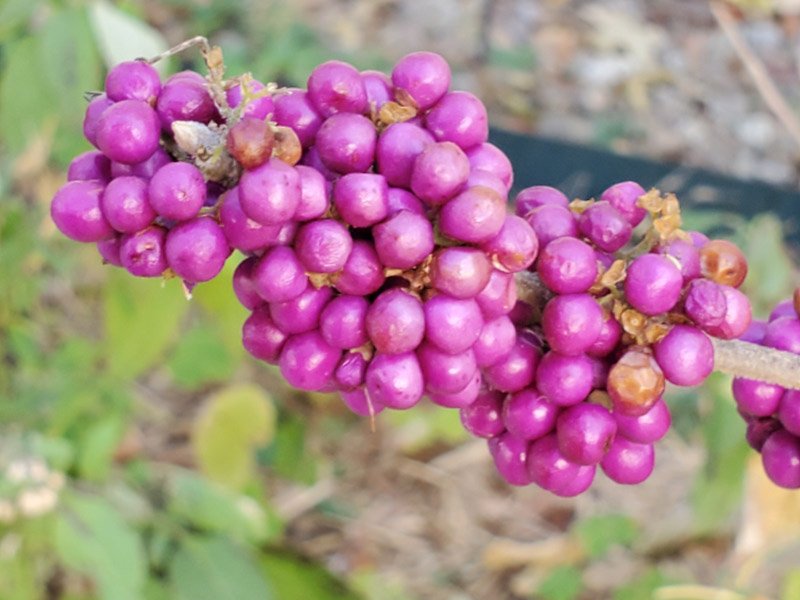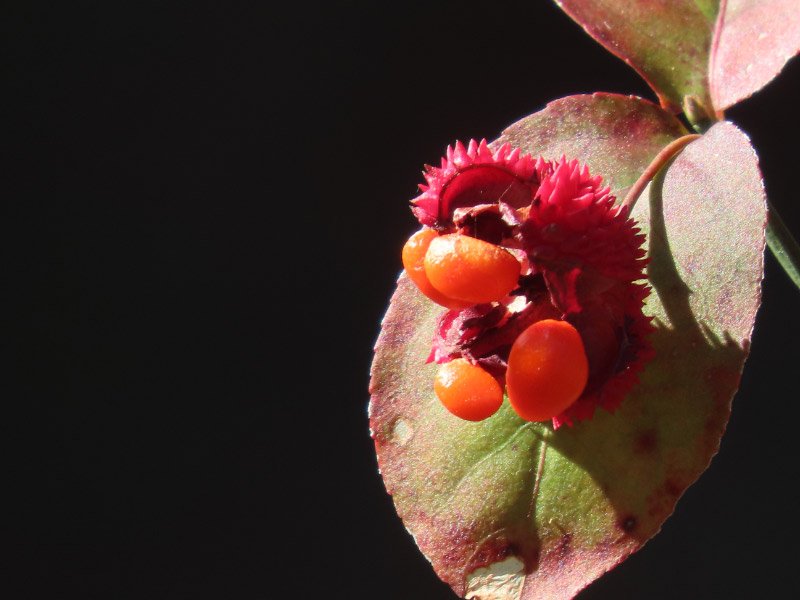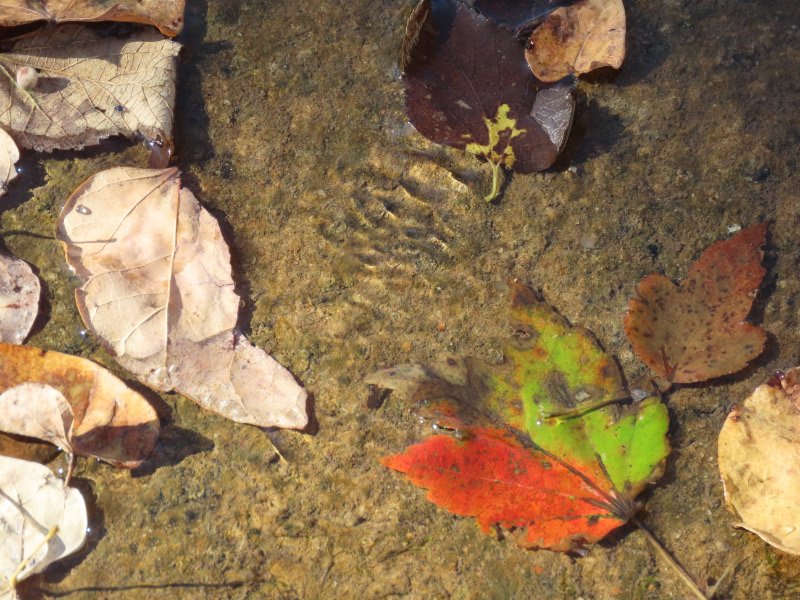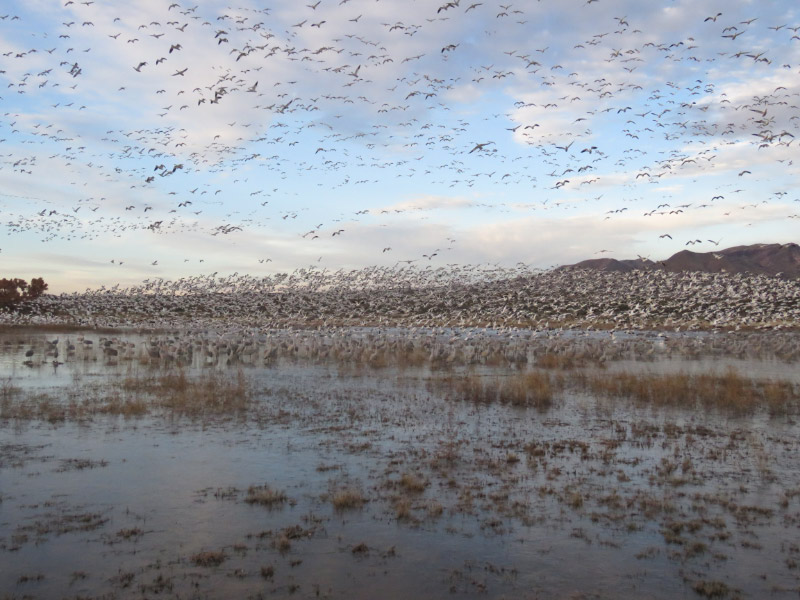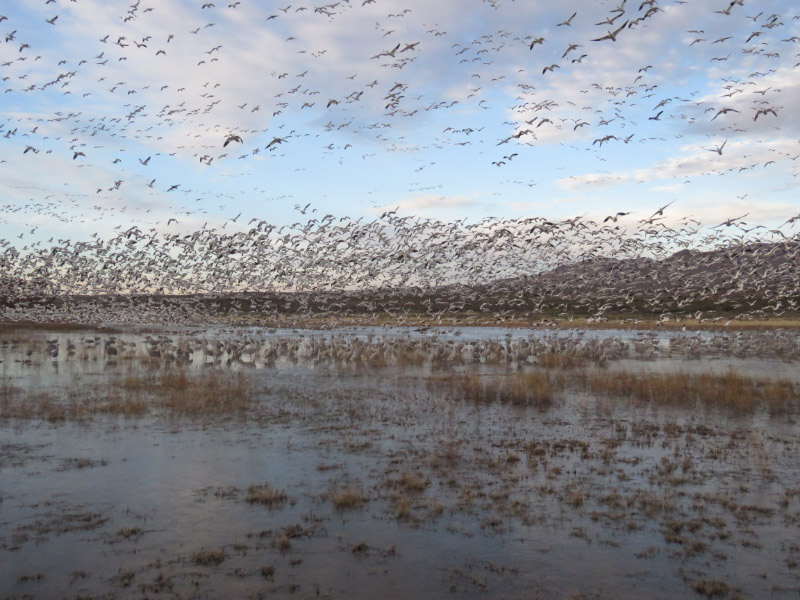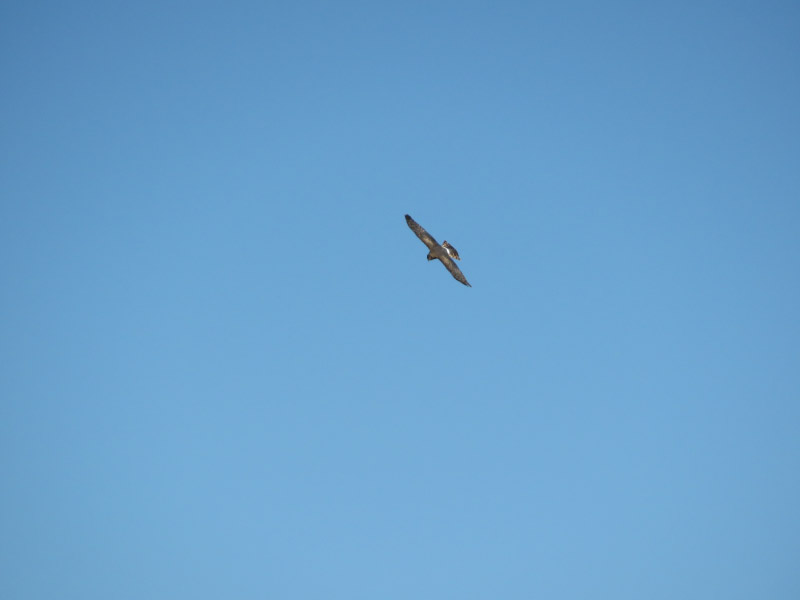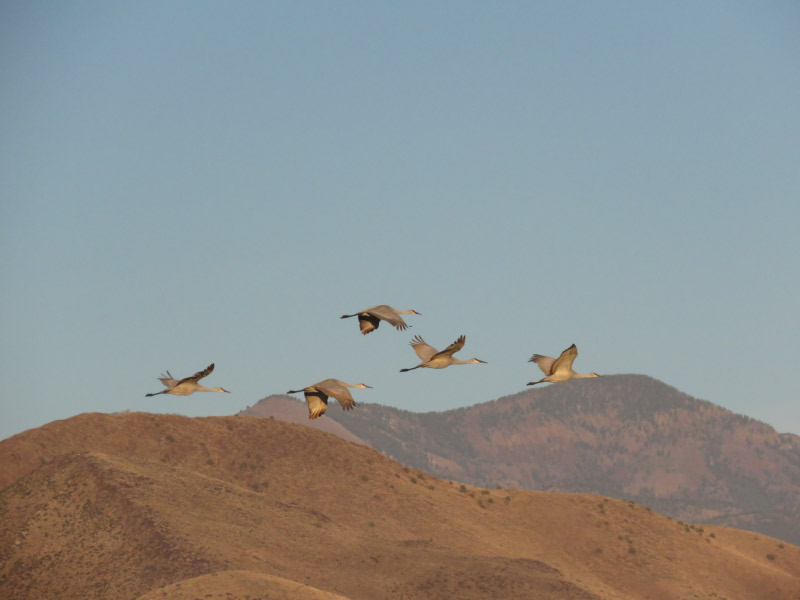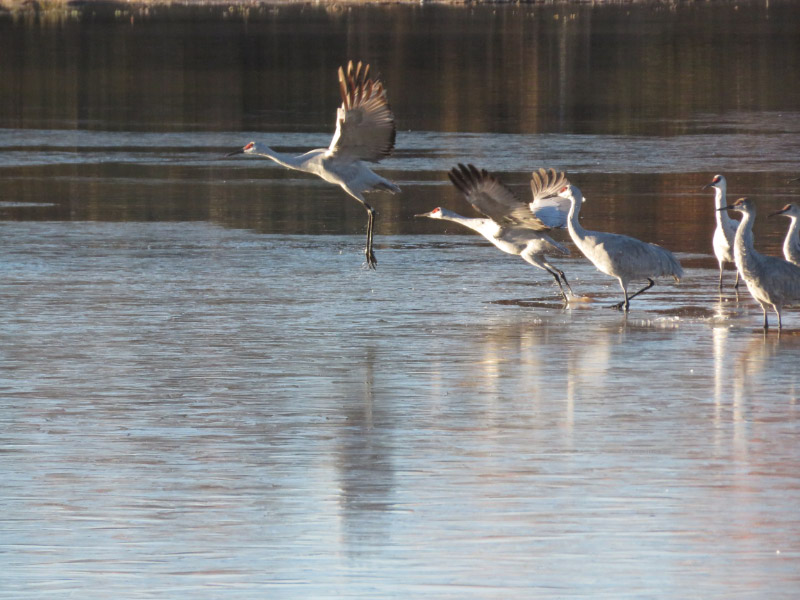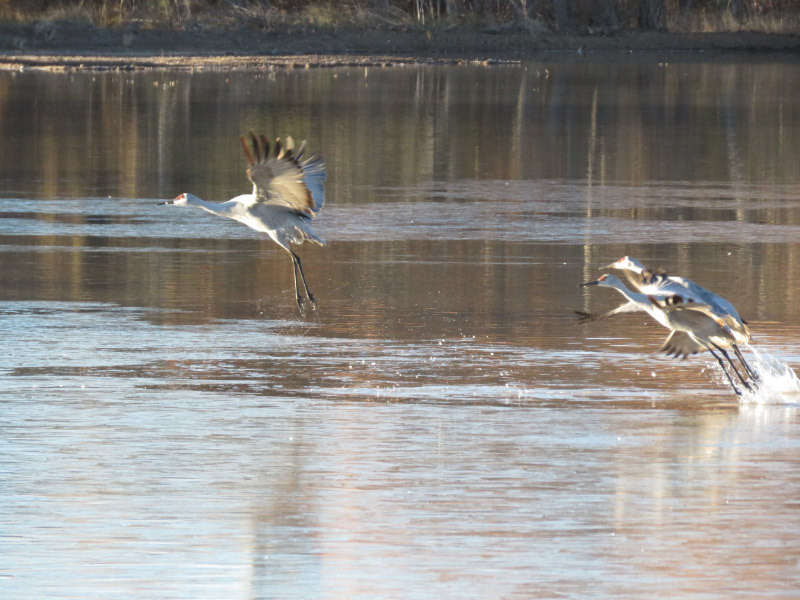Zooming – March 2023
/ Gwen MorrisonI selected 22 images for this month’s zooming post. 7 were taken during our road trip to Loess Bluffs National Wildlife Refuge (going through Kansas City), 5 during the road trip to the Orchid Show (St. Louis), 5 at home, 3 during a hike at Cedar Gap Conservation Area, and 2 in Dallas. March was a good month to be out and about…typical for early spring!


































































































































































